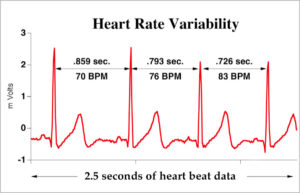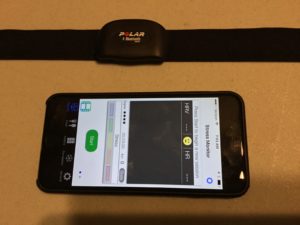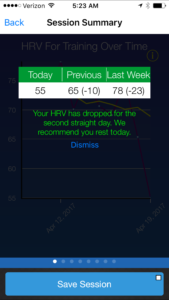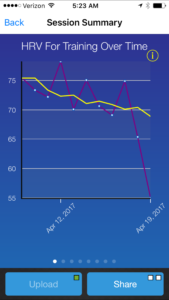“People with goals succeed because they know where they are going.” – Earl Nightingale The goal – is the what
In, 1990 a couple of researchers Locke and Latham conducted an analysis on goal setting studies. They reported their findings in the paper “goals setting and task performance.”
They found that specific and challenging goals led to increased motivation and persistence. Especially when combined with feedback on progress toward the goal.
It even found that goal setting was helpful with creativity and problem solving as the individual was more focused on accomplishing the task.
So how can you set goals that you want to achieve?
HOW TO CREATE GOALS
You have to start with the bigger picture, your purpose, or your vision. Go here if you need more information on purpose.
This is the reason why you’re interested in fitness, health or performance or performance.
It may be a picture of how you physically want to look and feel.
Maybe it’s how well you can function so you can do what you want to do for as long as you want to do it.
Or maybe it’s because you still want to impact your world and being healthy and fit is the best vehicle to accomplish it.
Whatever it may be, successfully setting goals begins with your purpose.
FOCUS ON PURPOSE
Now, let this purpose (vision) give rise to your goals.
This is a crucial and often overlooked step.
If you create a goal without a purpose, then it’s likely something that would be nice to have at the moment but will soon be forgotten.
Your purpose gives you something tangible to hold onto, especially when you need that extra motivation to continue.
REVERSE ENGINEER
Now, take your purpose (vision) and list out all the major steps or all the things that must happen in order for you to reach your purpose.
Start from the very beginning and go all the way to the end.
Imagine you’ve reached your destination, what happens right before? This becomes your final goal.
Now work back from there.
Break it down into however many small steps you need to.
Keep in mind, each major action step, or event that you can identify is a goal for you.
Continue working yourself backward until you end up right where you are today.
Now you know the first goal, the last goal, and all the ones in between.
START SMALL AND BUILD MOMENTUM
One of the best ways to be successful at goal setting is to start with small goals.
Even after you found your first goal in reverse engineering, it may still be too big a task to start with.
So break that goal down if possible.
The idea is to start small and manageable enough that you guarantee success.
One small success leads to a bigger one.
Like a snowball that started as a single flake that rolled down the hill gaining more and more flakes.
By the time you get to the more challenging goals, you’ve built up enough momentum to tackle them.
HELPFUL TIPS
Set action oriented goals –
I recommended that some of your goals be action oriented instead of outcome oriented. These goals are more directly under your control. That’s something you don’t have when it comes to certain outcome oriented goals.

Kenny Eliason via Upsplash
Write your goals down on paper –
There’s something magical that happens when you put your pen to paper and write down what you want. It’s an extra step that shows commitment and it gives your goals some place to live. Place the list some where you can see it. Review it daily.
YOUR TIME, ENERGY, AND HEALTH
I hope this helps you on your journey to reaching your higher purpose.
If you set small goals that align with this idea, you’ll be making constant progress towards living your life with movement and purpose.
I know you can do it!
Move Better, Live Well
Ed Scaduto




 If there was one thing you could do to improve your health, increase your energy, prevent chronic disease and help you lose weight, would you be interested?
If there was one thing you could do to improve your health, increase your energy, prevent chronic disease and help you lose weight, would you be interested?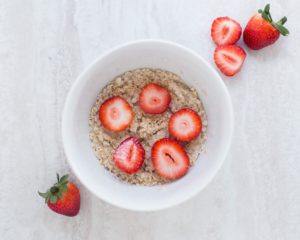 Have you ever wondered how often you should eat for optimal health, energy and weight loss? Should you eat 3 square meals or should you eat more frequent meals through the day?
Have you ever wondered how often you should eat for optimal health, energy and weight loss? Should you eat 3 square meals or should you eat more frequent meals through the day?